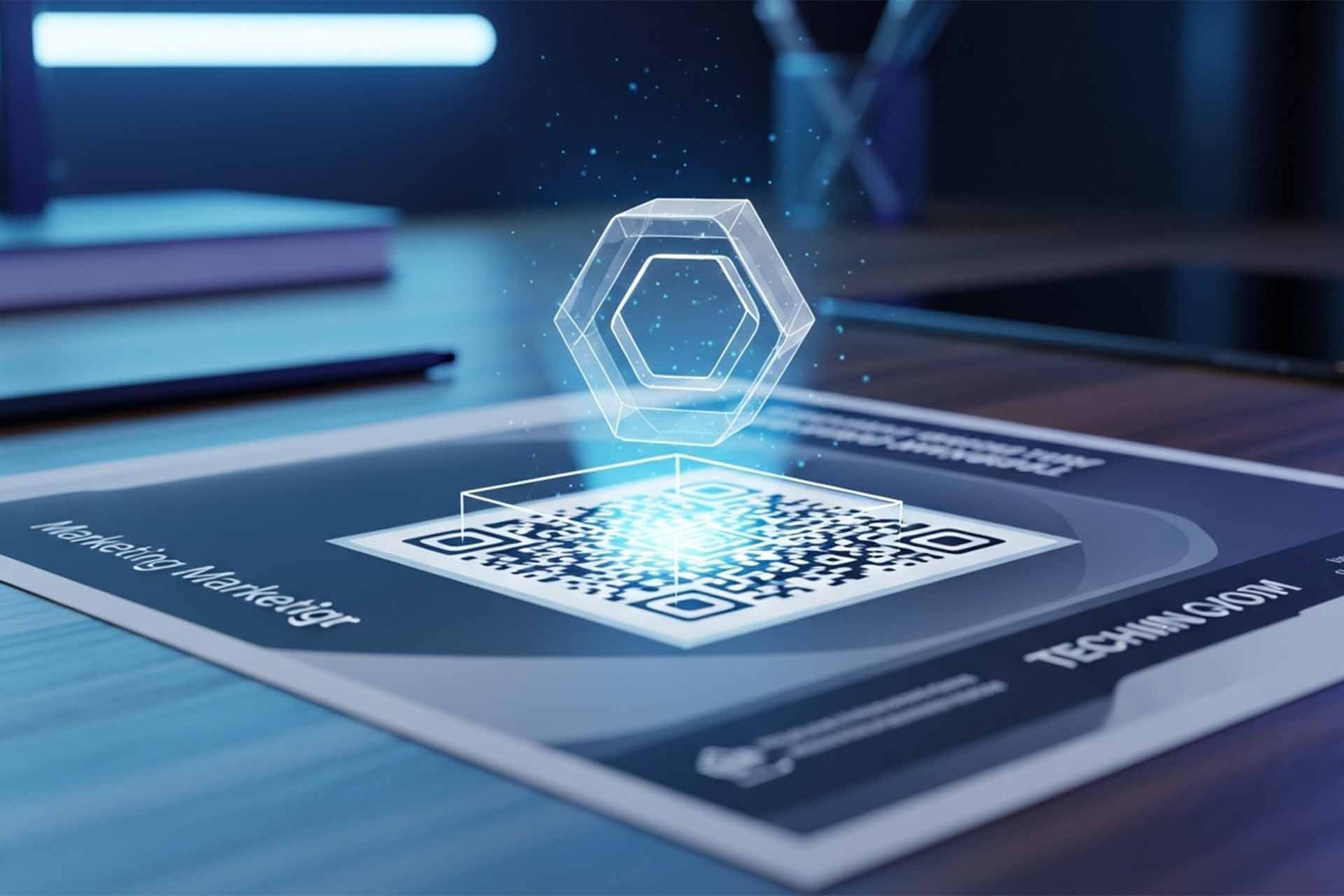
Creating a Seamless Online-Offline Experience: Integrated Marketing Strategies
In an era where consumers move effortlessly between the digital and physical worlds, separating online from offline marketing is no longer an option. Customers expect a seamless online-offline integrated experience, regardless of the channel they interact with. That’s why Loop Media presents its comprehensive approach to creating unified customer journeys that not only meet expectations but exceed them.
What is an Online-Offline Integrated Experience?
It’s the strategic fusion of digital channels (such as websites, apps, email, and social media) with offline touchpoints (like physical stores, events, and call centers), with the goal of delivering a consistent, personalized, and frictionless customer experience. It’s not just about being present across platforms – it’s about making them work in perfect harmony as one ongoing conversation with the customer.
Loop Media’s Strategies for Creating an Integrated Experience:
1. Unifying Customer Data into a Centralized View:
This is the backbone of integration. All customer touchpoints—online purchases, store visits, customer service interactions, and social media engagement—should be merged into a central customer data platform (CDP).
This unified data allows brands to offer highly personalized experiences. For example, if a customer browsed a product online, the store team can recommend it during their in-store visit.
2. Consistency Across Brand Identity and Messaging:
Whether a customer is browsing your website or speaking to a retail associate, they should feel like they’re engaging with the same brand. That means:
- A unified tone of voice
- Consistent colors, fonts, and visual branding
- Aligned messaging across email, ads, and conversations
3. Connecting the Physical and Digital Worlds:
- QR Codes: Use QR codes on printed materials, in-store displays, or packaging to link customers directly to product pages, special offers, or instructional videos.
- Geo-targeted Notifications: Send offers or messages to customers’ phones when they’re near your physical store.
- Buy Online, Pick Up In-Store (BOPIS): This growing trend combines online convenience with offline immediacy and can drive additional in-store purchases.
- In-Store Inventory Display Online: Show local store availability on your website so customers know what’s in stock before visiting.
- Online Engagement Around Physical Events: Let users register for in-store events online and encourage them to share photos and experiences on social media.
4. Empowering Sales and Customer Service Teams:
Give in-store employees and support agents real-time access to a customer’s interaction history and preferences. This enables:
- Personalized service
- Faster issue resolution
- Smarter recommendations
Train your teams to guide customers through multichannel journeys and understand how to move them smoothly between digital and physical touchpoints.
5. Leveraging AI and Automation:
- AI Chatbots on websites and messaging apps can answer questions, recommend products, and even complete purchases.
- Dynamic content: Use AI to show personalized product images, copy, and offers based on real-time behavior.
- Automated notifications: Send order confirmations, shipping alerts, and reminders via email, SMS, or app notifications based on customer preferences.
6. Advanced Analytics and Measurement:
Track the entire customer journey across online and offline channels using integrated analytics tools. Use advanced attribution models to understand which channels drive results and optimize budget allocation.
Continuously improve by identifying friction points and using real customer behavior data to enhance the experience.
Conclusion:
The line between digital and physical has blurred. Today, the brands that succeed are those that deliver a truly unified online-offline integrated experience. With Loop Media’s strategies, you can build a smarter, more consistent, and customer-centric marketing ecosystem. Ready to transform your brand’s customer journey? Contact Loop Media today.
- 📞 (+966) 53 692 8397
- 📧 Support@loop-media.co
- Visit our Contact Us page.
This article is available in Arabic. You can read the Arabic version [here].
Commonly Asked Questions:
1. What is an online-offline integrated experience?
It’s the seamless connection of digital and traditional marketing channels to provide customers with a consistent and personalized journey across all touchpoints.
2. How can I integrate digital and offline marketing in my business?
Start by centralizing customer data, aligning messaging, using QR codes, offering BOPIS, and leveraging AI to personalize the journey.
3. What tools connect online and offline experiences?
QR codes, location-based notifications, local inventory visibility, and integrated CRM tools are key enablers.
4. How can I use customer data to improve shopping experiences?
By combining online behavior with in-store interactions, you can personalize recommendations, streamline service, and better anticipate needs.
5. Is AI important for a unified customer experience?
Absolutely. AI enhances personalization, automates customer interactions, and ensures content is tailored to individual preferences in real time.
6. What’s the best way to train staff for omnichannel marketing?
Train them to understand multichannel journeys, access customer data, and use digital tools that support seamless transitions between platforms.
 العربية
العربية


